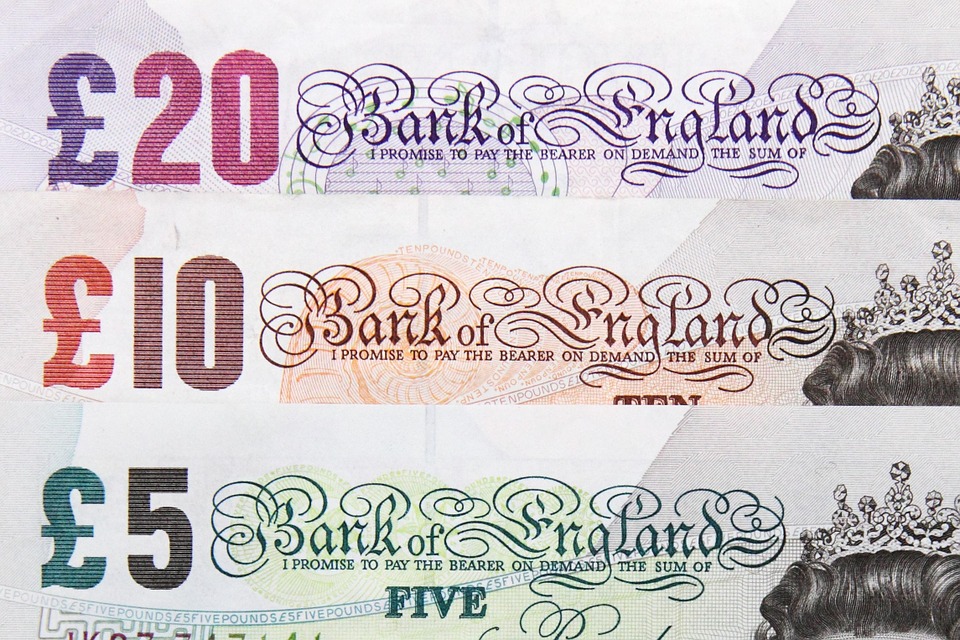Mortgage pricing is continually shifting and that is likely to be even more frequent in the wake of an increase in the Bank of England base rate.
As lenders announce their position on the standard variable rate, which has tended to mirror the rate rise in most cases, the rest of the portfolio can also be subject to changes.
However, that may not necessarily be in the direction that borrowers might expect.
As we head toward the final quarter, lender attention is on maintaining a strong position in what is an extremely competitive market. As a result, many lenders have actually been making rates sharper where possible. The other week, Coventry Building Society improved some of its medium to longer term fixed-rate options, namely its five and 10-year products.
These were already well priced, so even shaving a small amount off the range means that some are right up with the very best. For example, its five-year rates start from 1.89 per cent, and its lowest 10-year fix is now 2.35 per cent – a market leading rate.
These benchmark rates are admittedly limited to 50 per cent loan-to-value, but deals edging up the LTV scale are still very favourably priced versus the competition.
The incentives that have become an expectation of any Coventry deal are available, providing free valuation and free basic legal work for remortgage borrowers. We have seen steady growth in the popularity of five-year fixed rates as borrowers look to take advantage of the low rates on offer, not only making a monthly cost saving in many cases but also protecting against future rate rises.
However, 10-year fixes remain something of a niche area despite the exceptionally low rates on offer. Many of the concerns can be put down to understandable anxiety around locking in for so long and the impact that can have on flexibility in the future. Many long-term fixed rates will carry high early repayment charges and although generally portable to another property that doesn’t give guarantees.
Coventry clearly understands that this can be a key challenge for borrowers and has built in an added benefit in some of its fixed rates.
Low LTV 10-year fixed rates not only offer very competitive rates and the usual incentive package but only tie borrowers in for the first five years of the deal. That matches the kind of lock-in that many borrowers are happy to consider but leaves them with longer term security that they can reassess if necessary without incurring a penalty. It is a very solid option for those borrowers prepared to step up to a slightly higher interest rate to lock in for the longer term.
Source: FT Adviser


